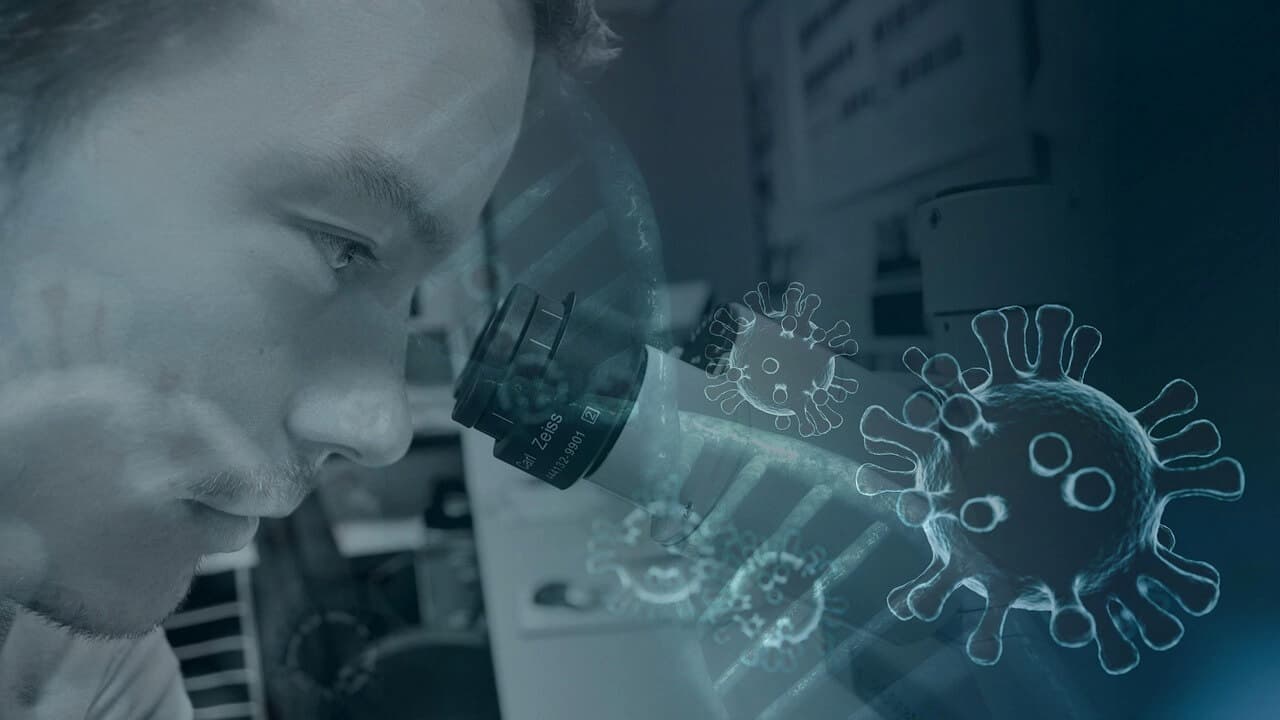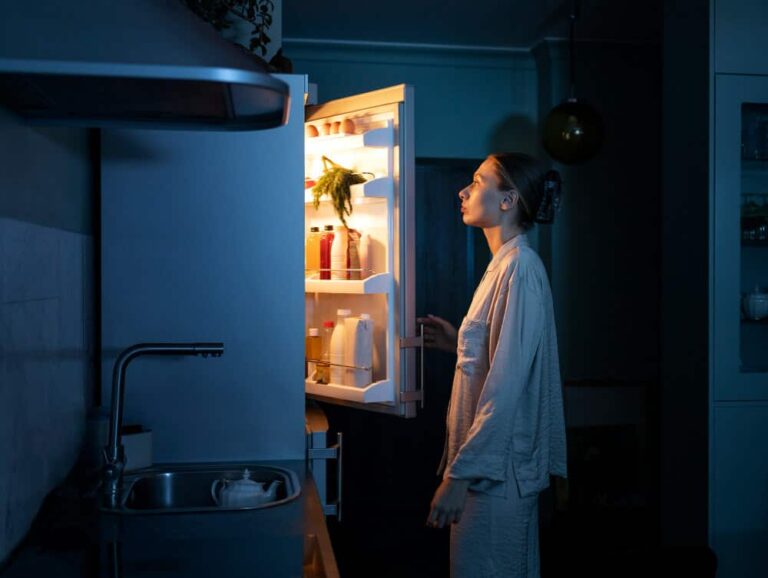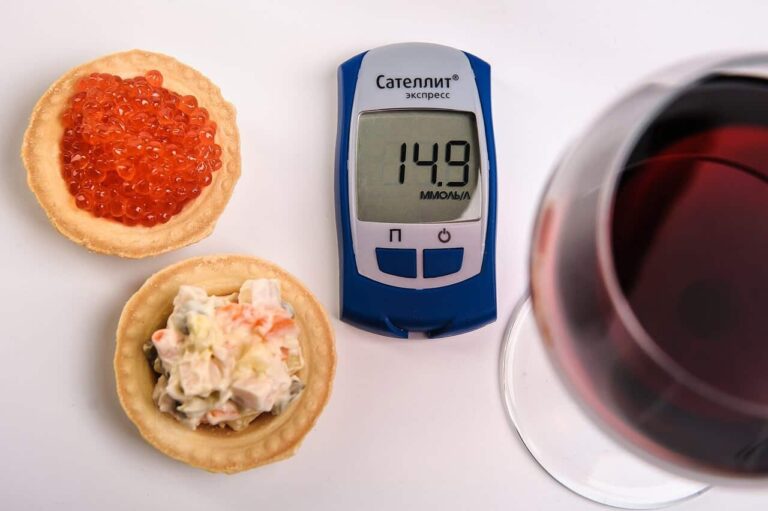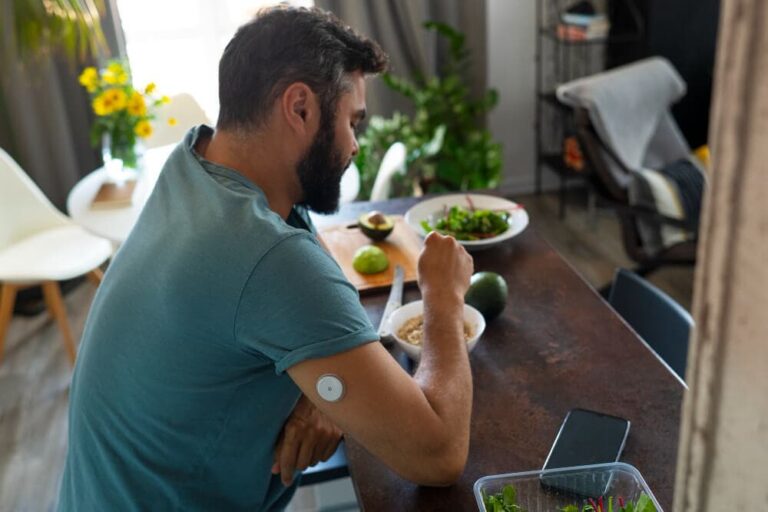For decades, living with Type 1 Diabetes has felt like being in a defensive battle. We count carbs, dose insulin, and manage blood sugars in a relentless, 24/7 cycle. We’ve become experts at managing the symptoms, but the root cause—our immune system’s betrayal—has remained untouchable. The dream of a true, biological cure has often felt like a distant, shimmering mirage.
But what if I told you the mirage is starting to look a lot more like solid ground?
Right now, in labs and clinical trials around the world, something incredible is happening. Scientists are moving beyond just “management” and are making tangible, mind-blowing progress toward a cure. They are rebooting immune systems, growing new insulin-producing cells from scratch, and using AI to predict the future.
This isn’t science fiction. This is happening now. Let’s take a tour of the most exciting breakthroughs recently showcased at the American Diabetes Association (ADA) Scientific Sessions and see what this new dawn of research truly means for us.
A Dose of Reality: While the hope is real, it’s important to remember that many of these therapies are still in clinical trials. They are not yet widely available. This article is to share the exciting progress, not to provide medical advice.
The Holy Grail: Growing a New Pancreas with Stem Cells
For years, the ultimate goal has been to replace the islet cells our immune systems destroyed. The problem? We needed a limitless, safe supply of them. Enter stem cell technology.
The Game-Changer: Vertex’s VX-880 Trial
Vertex Pharmaceuticals has been the rockstar of the recent ADA conferences, and their VX-880 study is why. Here’s the concept, simplified:
- The “How”: Scientists take pluripotent stem cells (which can become any cell type) and coax them in a lab to become fully functional, insulin-producing islet cells. These new cells are then infused into a person’s liver, where they take root and start doing the job the pancreas gave up on.
The results from the Phase 1/2 trial are nothing short of breathtaking:
- Insulin Independence: As of the latest update, a staggering 10 out of 12 participants no longer need to inject or pump insulin. Let that sink in.
- Hypo Elimination: All participants eliminated severe hypoglycemic events.
- Elite Glycemic Control: All participants achieved an A1C below 7.0% with over 70% time-in-range.
The Catch? The “Bouncer at the Club” Problem:
Because these new cells are foreign to the body, participants must take immunosuppressant drugs for the rest of their lives to stop their immune system from attacking the new cells, just as it did the old ones. This is a significant trade-off, as these drugs have their own risks.
But this breakthrough proves one fundamental, world-changing thing: a functional cure for Type 1 Diabetes is possible.
The Next Frontier: An “Invisible” Cure
So, what about those immunosuppressants? Vertex (and other companies) are already working on the next evolution: encapsulation.
The “Stealth Bomber” Approach: Vertex’s VX-264 Trial
Imagine the same lab-grown islet cells, but this time, they’re placed inside a special, implantable device. This device acts like a protective shield or a “stealth bomber”—it allows nutrients and glucose to get in and insulin to get out, but it hides the cells from the body’s immune system “radar.”
- The Goal: The same benefits of VX-880 (insulin independence) without the need for immunosuppressant drugs.
- The Status: This trial is actively enrolling patients, and it represents what many see as the most practical path to a widespread, functional cure. If successful, it could mean a one-time implant could manage diabetes for years.
Beyond a Cure: Making Life Better Now
While we wait for a cure, researchers are also making huge strides in improving the daily grind of diabetes management.
No More Shots for Kids? The Afrezza Inhaled Insulin Milestone
For any parent of a T1D child, mealtime can be a battle. Convincing a toddler to take a shot before they eat is a daily struggle. Inhaled insulin (Afrezza) offers a revolutionary alternative.
A recent 26-week study in children aged 4-17 showed that Afrezza:
- Provided the same A1C control as injections.
- Resulted in less weight gain.
- Had significantly higher satisfaction rates among both kids and parents.
This isn’t about replacing all insulin; it’s about providing a faster, less invasive, and more “normal” way to cover meals, transforming dinner tables from a place of stress to a place of peace.
The Crystal Ball: Using AI to Predict T1D
What if you could know you were going to develop Type 1 Diabetes months before your blood sugar ever went high?
Groundbreaking new research has demonstrated that Artificial Intelligence (AI) models can analyze standard electronic health records and identify individuals at high risk of developing T1D up to a year in advance, with 80-92% accuracy. This is more effective than current genetic screening methods.
- The Implication: This shifts T1D care from being reactive to proactive. It opens the door for early counseling, monitoring, and even preventative therapies (like Tzield) that could delay or stop the disease in its tracks before a single symptom appears.
Final Thoughts: From Management to Mission
For so long, the conversation around Type 1 Diabetes has been about management—better pumps, smarter CGMs, faster insulin. And while that technology is life-saving, the latest breakthroughs represent a fundamental shift in the narrative.
The conversation is now about reversal and prevention.
We are at an inflection point in the history of this disease. The path from the lab bench to our bodies is getting shorter. The hope is no longer abstract; it has a name. It’s called VX-880. It’s called VX-264. It’s called artificial intelligence.
We’re not just managing a chronic illness anymore. We are the generation witnessing the dawn of a cure.











